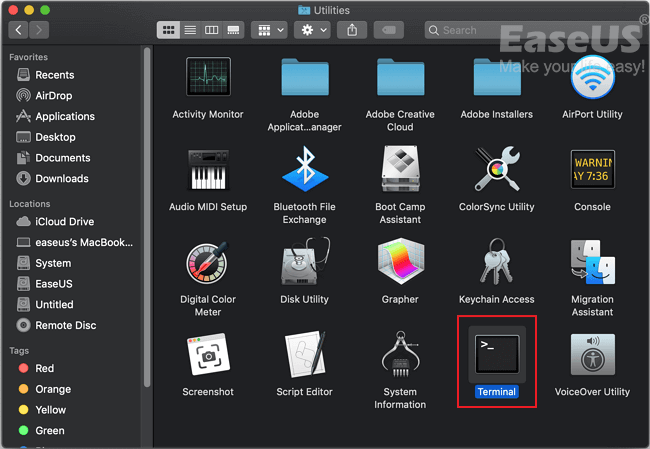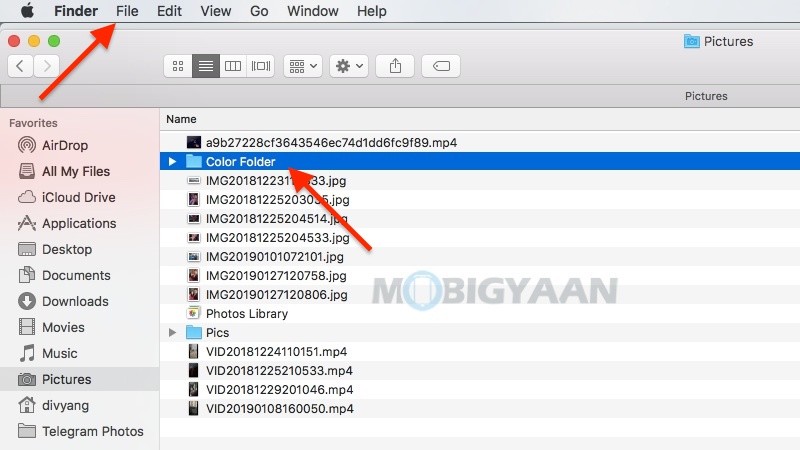

- MAC DELETE KEY IN FINDER MOVES TO TRASH FOR MAC
- MAC DELETE KEY IN FINDER MOVES TO TRASH PROFESSIONAL
- MAC DELETE KEY IN FINDER MOVES TO TRASH MAC
Try deleting any problematic files or folders individually. If you can’t empty the Trash using the GUI (graphical user interface) in macOS due to a specific file or files, run through the pointers below the next time.

Alternative Ways to Delete Problematic Files in Trashĭeleting the Trash using Terminal is quick.

Open the Launchpad and select Other > Terminal.ĥ. Confirm your choice to move the file to the trash folder. Then, press both Command and Delete keys at the same time. Locate the file which you wish to delete and select it. It was a nuisance and there were things in my Trash Bin I needed to recover and under the necessity for a password, no files were showing in the Trash Bin.
MAC DELETE KEY IN FINDER MOVES TO TRASH MAC
On a Mac running macOS 10.10 Yosemite or earlier, emptying the Trash using Terminal is relatively uncomplicated.ġ. Mac has made it very easy for users to delete trash simply by using the keyboard shortcuts. Took me a second before I realised the Key bottom right was ‘locked’ as the reason it didn’t work first time, but after unlocking I had immediate success. Delete the Trash in Mac Using Terminal (macOS Yosemite and Earlier) Hence, if you prefer confirmation before deleting each time, you can use the i (interactive) option-e.g., sudo rm -ri. Type sudo rm -rf in step 2.Įmptying the Trash permanently deletes the files (unless you’ve set up Time Machine on your Mac). If Terminal fails to delete a specific file or files, adding the f (force) option will override issues caused by conflicting permissions. You won’t receive a confirmation, so it’s best to double-check. Terminal will delete the specified items from the Trash. Once you've found hidden files, you can delete them as you would any other files on your Mac. Using the find Command and the -delete Action. The simplest case is deleting a single file in the current directory. After restarting Mac, launch the Terminal via spotlight and follow these steps: Enter sudo rm -R (Do not hit enter and make sure you copy it correctly with the correct spaces) Press Control + click on the Trash icon to open. Use command prompts to control the system directly.
MAC DELETE KEY IN FINDER MOVES TO TRASH PROFESSIONAL
The first is to use the Mac undelete command line the second way is referring to Time Machine backup and the last, also the easiest and safest way is to use the professional EaseUS Data Recovery Wizard for Mac. Alternatively, you can unlock a file using your Mac's Terminal. Share Improve this answer answered at 8:20 Spartacvs1 121 1 3 And, you can't get your deleted files back unless you have a Time Machine backup. Umate Mac Cleaner can help to delete all of these temp files through its two main features: Clean Up Junk & Erase Private Data. In the Terminal window, type rm and a space. Easily find duplicate files on Mac with CleverFiles Duplicates Finder. It's much faster than Move to Trash as you simply highlight. As you see the scan results, you can tick the unwanted files to delete.
MAC DELETE KEY IN FINDER MOVES TO TRASH FOR MAC
Below are the steps you need to use Terminal for Mac data recovery: Step #1: You should find Terminal in Utilities section. Mac Delete Key Mac Shortcut To Delete File MacBook owners have a number of tools that come in very handy for using their laptops efficiently and for maintaining the operating system to keep it running in top shape. Select Secure Empty Trash by clicking on Finder. Step 2 Change Empty Trash to Secure Empty Trash. Click and hold the Trashcan icon in Dock.

Step 3 - Find the File That You Want To Delete. How do I force delete a folder on Mac Step 1 Click on Trashcan icon. name your file name with file extension-press Return. Emptying the Trash permanently deletes the files (unless you've set up Time Machine on. On reboot, the files are there again as if nothing happened. Give yourself super-user (root) permissions in Terminal so you can use the commands needed to delete some. Find all files (recursively) matching a regex: find. Unless you've renamed it, it's called Macintosh HD.


 0 kommentar(er)
0 kommentar(er)
